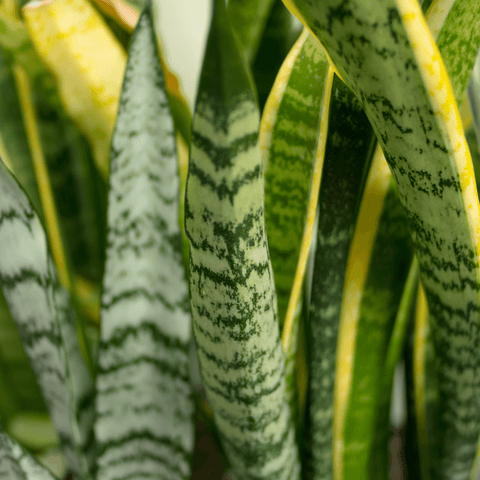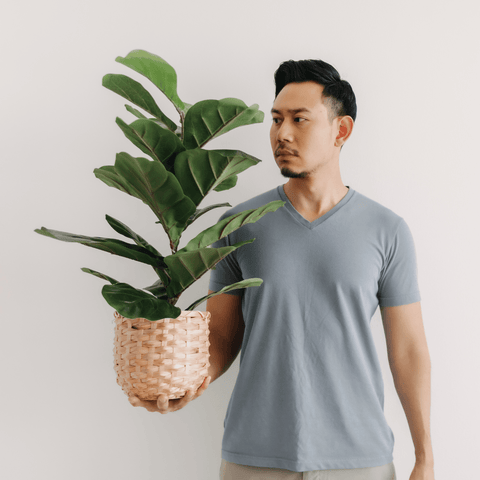You might be surprised to learn that some of the most popular houseplants worldwide have their roots firmly planted in Africa. Today, we'll explore seven houseplants from the diverse and lush continent. Join us as we delve into the native African origins of these beloved plants.
Snake Plant: The Sansevieria, commonly known as the Snake Plant, is a cherished houseplant due to its low maintenance requirements. Native to Africa, specifically from West Africa to Madagascar and even Southern Africa, this plant has significant cultural significance. African communities utilize its leaves to create valuable items like baskets and ropes. In addition to its cultural importance, Snake Plants are renowned for their air-purifying qualities, making them ideal for bedrooms. Interestingly, NASA has even used Snake Plants on their space shuttles for their exceptional ability to remove toxins from the atmosphere.

Zebra Plant: The Zebra Haworthia, sometimes called the Zebra Cactus, is a succulent native to the Eastern Cape of South Africa. While it shares similarities with the Aloe plant, it is not classified as a cactus. Introduced to Europe in the 1600s by adventurous collectors, the Zebra Plant has become a beloved household beauty worldwide. Its distinctive white zebra-like stripes on the leaves and easy-care nature contribute to its popularity.

ZZ Plant: Originally unknown outside of Africa until 1996, the ZZ Plant has now become a favorite indoor and office plant. Known by various names like Zanzibar Gem, Zuzu Plant, Emerald Palm, and Eternity Plant, this tropical perennial is native to southeastern Africa, spanning from southern Kenya to northeastern South Africa. Dutch nurseries in South Africa recognized its potential for propagation, making it widely available globally.

String of Beads: Senecio Rowleyanus, commonly known as String-Of-Pearls or String-Of-Beads, is a succulent vine belonging to the Aster family. Native to the dry regions of southwest Africa, its trailing stems can grow 2-3 feet long, creating a dense creeping ground cover. Its unique bead-like leaves make it a visually appealing addition to any indoor space.
Aloe Vera: Aloe Vera is a widely recognized plant, particularly in African households, for its medicinal properties that have been utilized for thousands of years. The Aloe family can be found throughout Africa, with many species indigenous to South Africa. Aloe Vera, a succulent plant that stores water in its gel-filled leaves, offers excellent moisturizing properties and is often used for soothing sunburns, bug bites, minor cuts, and various skin ailments.
Spider Plant: Spider plants (Chlorophytum Comosum) derive their name not from attracting spiders but from the spider-like plantlets or offshoots that grow at the ends of their long, wiry stems. Originating from southern Africa, these plants are straightforward to grow, often placed in hanging containers to allow their cascading stems to flourish. In a NASA study conducted in the 1980s, spider plants were recognized for their ability to remove formaldehyde and other toxins commonly found in homes and public spaces.
Fiddle Leaf Fig: The Fiddle Leaf Fig (Ficus Pandurata) gained immense popularity in 2020 and can grow up to 10 feet tall indoors. Native to West African countries such as Sierra Leone and Cameroon, this plant thrives in the lowland tropical rainforests. As part of the Moraceae family, which includes the Mulberry and Fig Tree species, the Fiddle Leaf Fig boasts a vast.





Comments (0)
There are no comments for this article. Be the first one to leave a message!